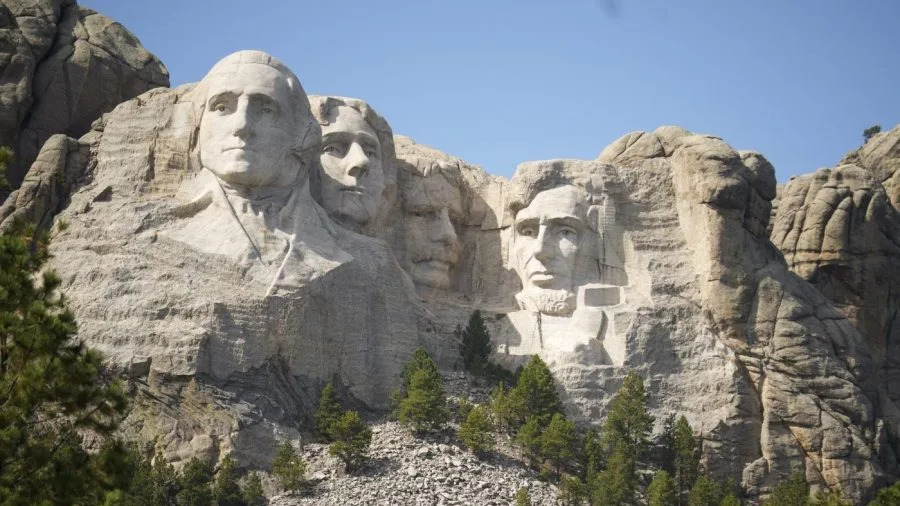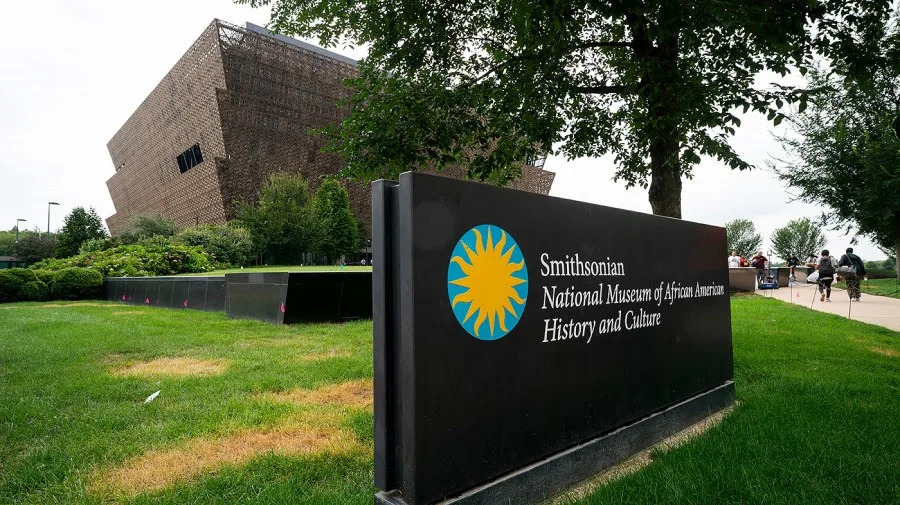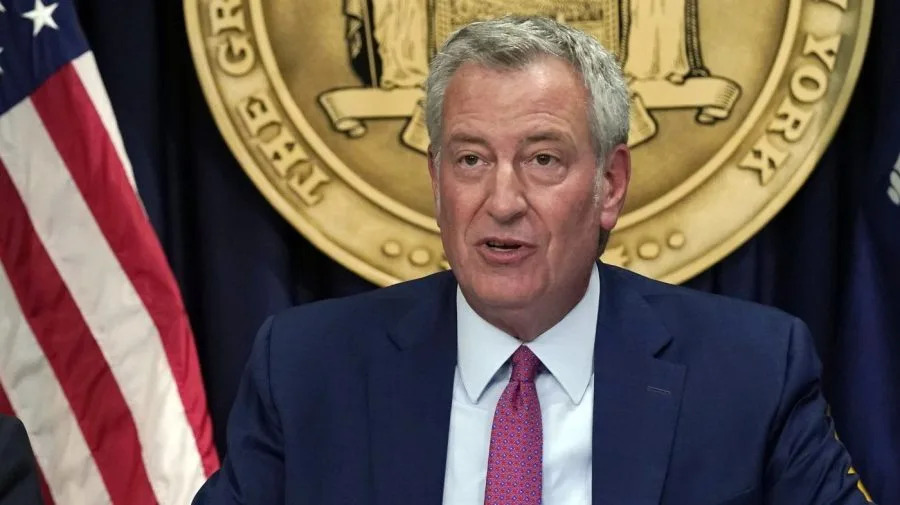
In April, the National Endowment for Humanities called for applications from artists to create statues for the National Garden of American Heroes, President Trump’s plan to reflect our nation’s past through statues of historical figures who represent our country’s “heritage.”
There is no designated location yet for this enterprise, but Gov. Larry Rhoden (R-S.D.) offered a location to Trump in the Black Hills of South Dakota, close to Mount Rushmore, to build this National Garden.
On its surface, a National Garden near a National Memorial makes sense. But creating another homage to American history on a land fraught with the consequences of that history would pour salt on open wounds. It would also promote a singular historical narrative emphasizing American excellence that — though a core principle of the Trump administration and the broader conservative movement — inadequately represents the country’s past.
The Black Hills are a stunning 110-mile vertical expanse of towering ponderosa pine and billion-year-old granite. The area is a lush island in a sea of prairie, home to diverse flora and fauna that have been used for food, shelter and medicine by the dozens of Native American tribes that have lived in the area for thousands of years.
The term “Black Hills” comes from the Lakota “He Sapa” (Black Ridge) or “Paha Sapa” (Black Hills). For the Lakota Nation, the Paha Sapa is the cosmological and spiritual center of the universe — “The Heart of Everything That Is.”
In 1868, after years of war with the Lakota Nation under the leadership of Red Cloud, Sitting Bull and Crazy Horse, a bedraggled U.S. pushed the Lakota to sign the Treaty of Fort Laramie. The treaty gave a huge swath of land to the Lakota Nation — all of Western South Dakota, including the Black Hills — in exchange for peace. No Americans were allowed in Lakota territory, including the Black Hills, unless they were official government representatives.
But when gold was discovered in the hills during a military expedition in 1874, the U.S., economically devastated after the Panic of 1873, wanted the Lakota Nation out so that miners could safely come in. The Lakota resisted, routing George Armstrong Custer and his 7th Calvary at Little Bighorn in 1876. An enraged Congress ordered the abrogation of the Fort Laramie Treaty and the violent seizure of the Black Hills.
Over the course of the next 75 years, the Lakota Nation, which had once possessed the largest empire on the North American continent, suffered through the Wounded Knee Massacre of 1890; the theft of their lands, as Western South Dakota was carved up by the Dawes Act; and the theft of their children, as many were unwittingly placed in boarding schools to accelerate “assimilation.”
The loss of the Paha Sapa and the ensuing decades of government policy is a trauma that has rippled across generations of Native Americans, especially those belonging to the Lakota Nation. Today, many Americans, both Native and non-Native, see Mount Rushmore not simply as a tribute to American history or ideals but as a reminder of the tragic consequences of that history, of the lives lost and civilizations uprooted as the U.S. moved West in its belief of cultural superiority and divine right — a Manifest Destiny that forms the backbone of the Trumpian view of U.S. history and foreign policy.
When Rushmore was being conceived and built in the 1920s and 1930s, few debated whether it should be placed in the Paha Sapa. Today, with the benefit of history’s long lens, we have an opportunity to reject the idea that a National Garden of Heroes should be built in the spiritual center of the Lakota Nation.
Trump’s initial salvos in the battle over U.S. history and the idea for the National Garden of Heroes itself actually originate in the Black Hills. During his controversial speech at Mount Rushmore on July 3, 2020, Trump provided a righteous defense of the four presidents depicted and the ideas for which they stood. It was at a time when dozens of statues and monuments to our past — including the Confederate past — were being torn down or removed. Trump framed those who questioned dominant national narratives as cultural revolutionaries. He promised to prosecute anyone who vandalized national monuments.
Lost in the news cycle of this vitriolic speech was Trump’s intention to create a “Garden of Heroes” that honored individuals from America’s past. Yet just days before he left office, on Jan. 18, 2021, Trump issued Executive Order 13978, “Building the Garden of National Heroes.”
The garden would be an outdoor space where statues of 244 Americans would represent national excellence. The roster of to-be-honored Americans is more diverse than you might expect. Included are Red Cloud and Sitting Bull, two Lakota leaders who fought the U.S.; Susan B. Anthony, who championed women’s suffrage; and Dr. Martin Luther King Jr. It is likely that all four would be classified as “radical leftists” today.
Yet money to create the garden has been diverted from hundreds of other projects the National Endowment for the Humanities had planned to fund, including the Japanese American National Museum in Los Angeles; a project highlighting Atlanta landmarks associated with Civil Rights; an inquiry into the binational narratives of the Chihuahuan Desert in Texas; and, of course, the defunding of state humanities councils that support writers, artists and community festivals.
Monuments and memorials are more than the people or events they represent. The stories they tell, the histories they reveal and, crucially, where they are placed create ripples of meaning that evolve over generations.
With its call for applications, the National Garden of Heroes is poised to tell one singular version of our history. We should not compound this mistake of monolithic storytelling with another and place it in the Black Hills of South Dakota, where, for many, it would serve not as a reminder of American excellence, but of American callousness and ignorance.
Matthew Davis is an award-winning author and journalist. His latest book is “A Biography of a Mountain: The Making and Meaning of Mount Rushmore.”
Copyright 2025 Nexstar Media, Inc. All rights reserved. This material may not be published, broadcast, rewritten, or redistributed.
For the latest news, weather, sports, and streaming video, head to The Hill.






Comments